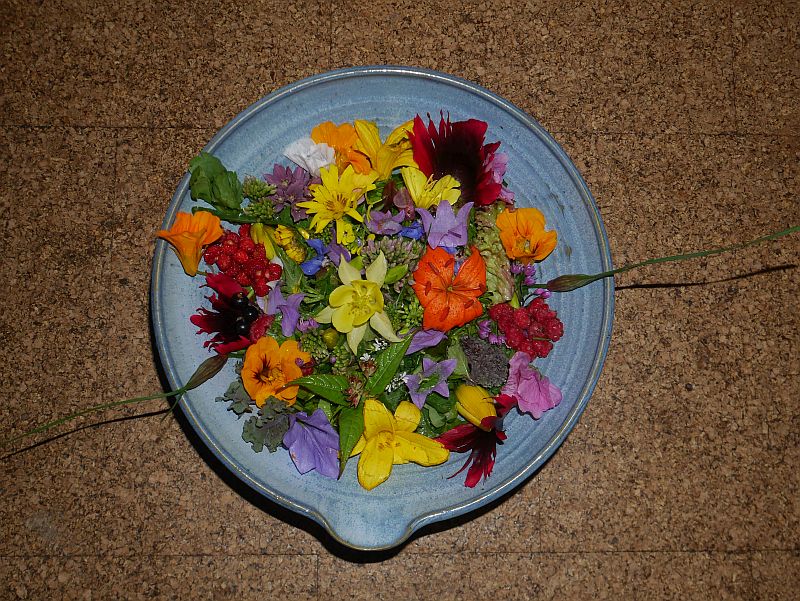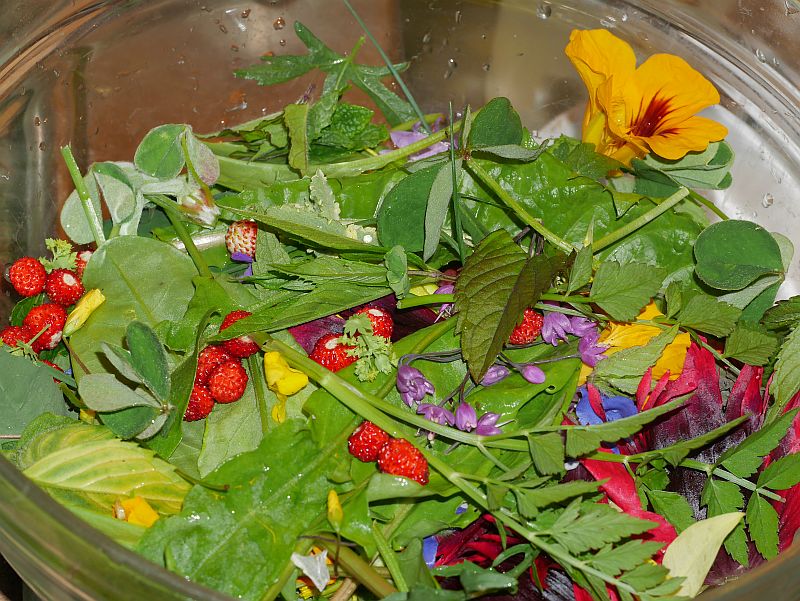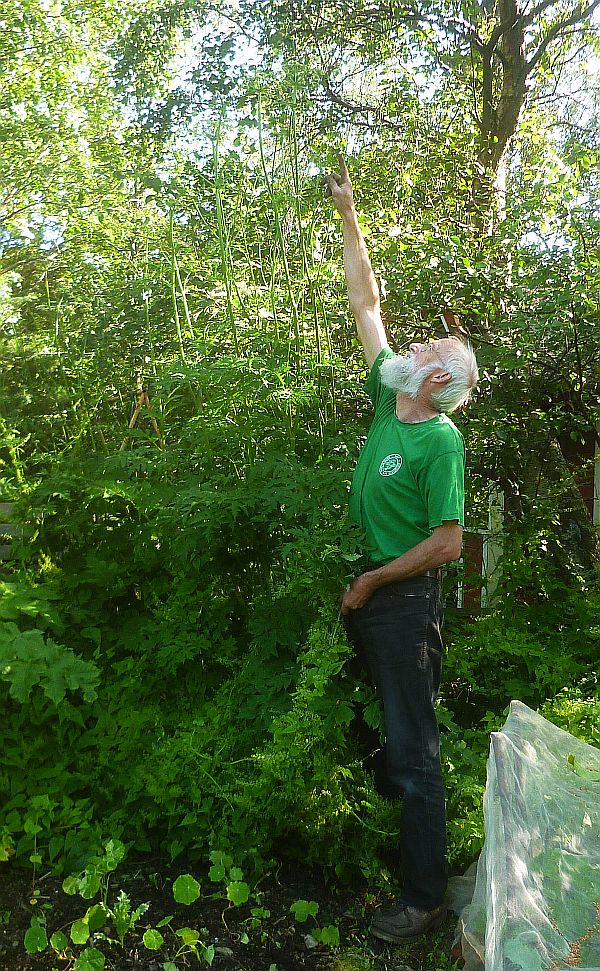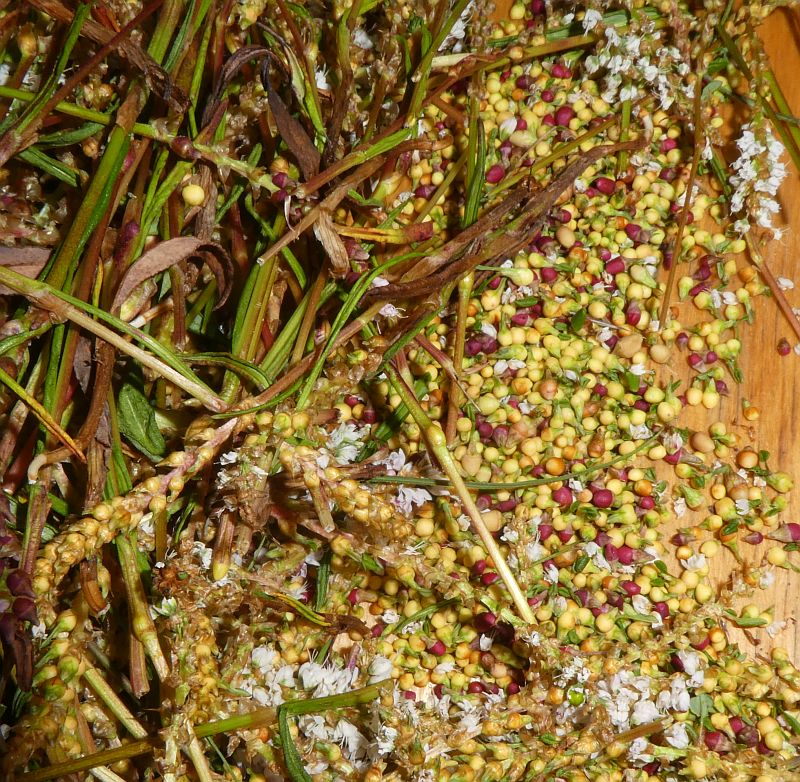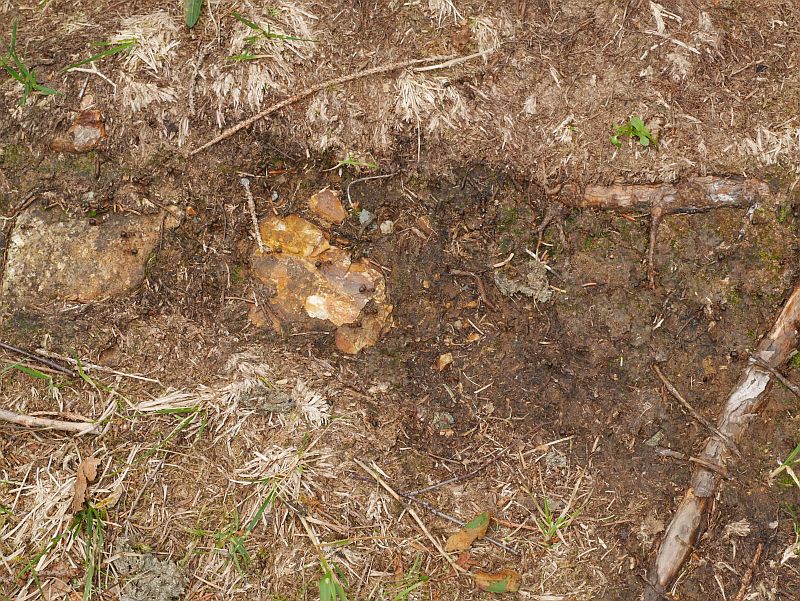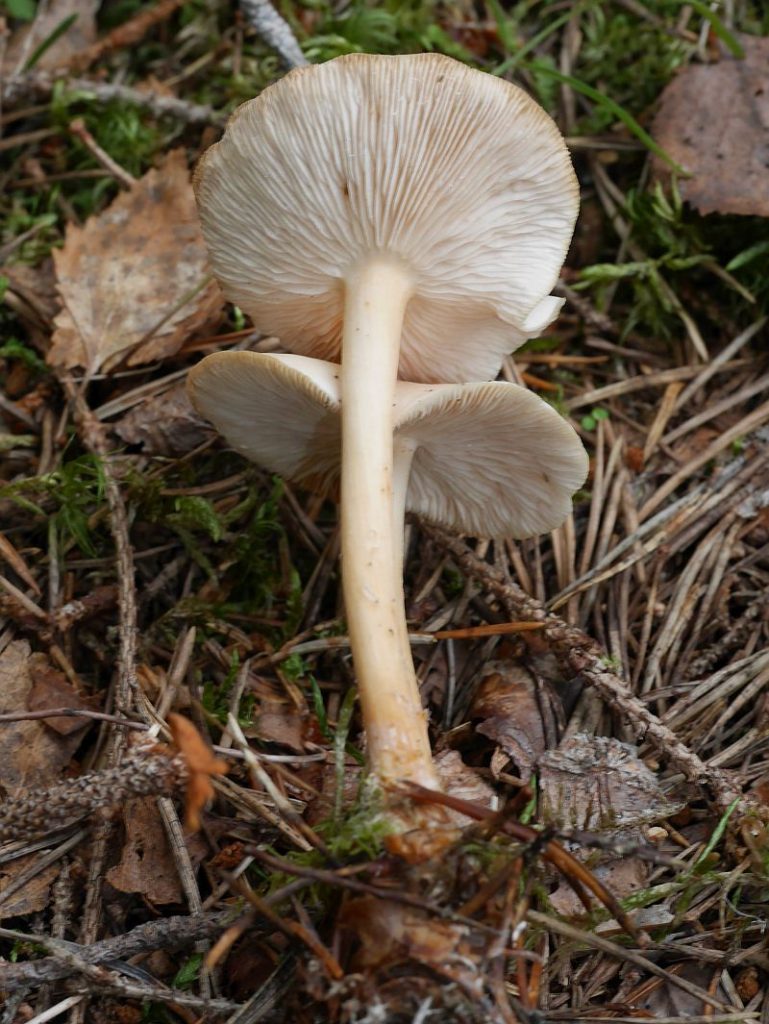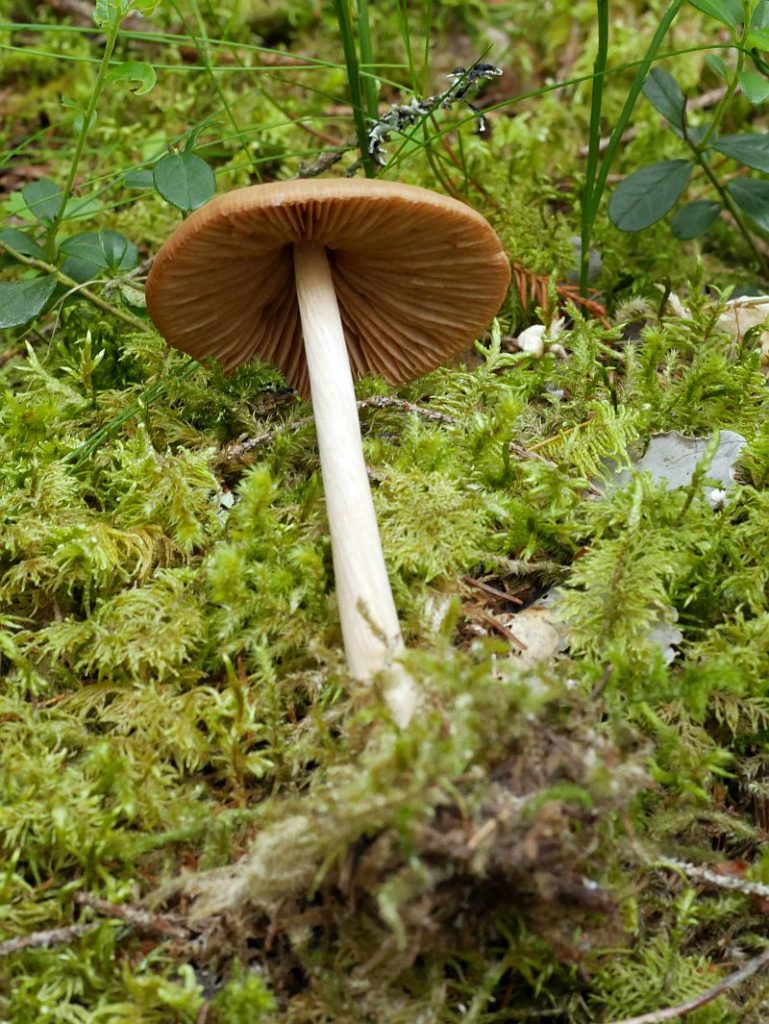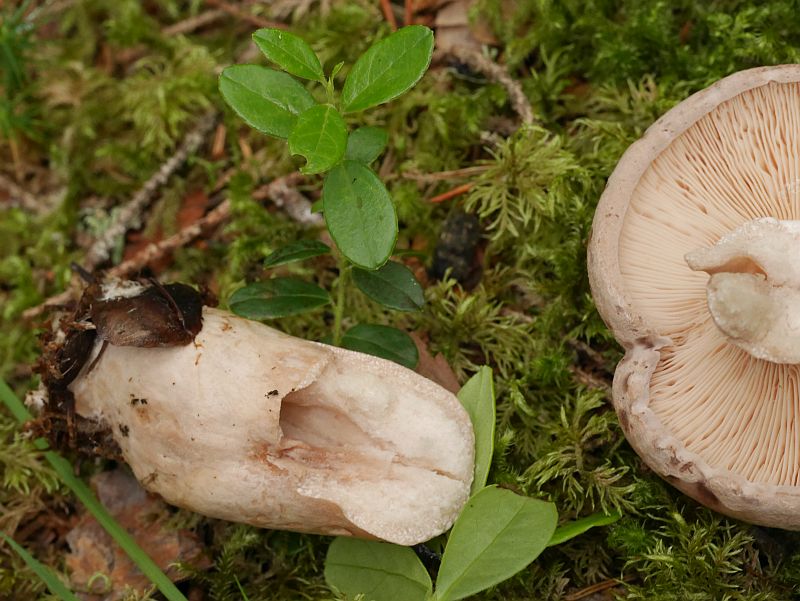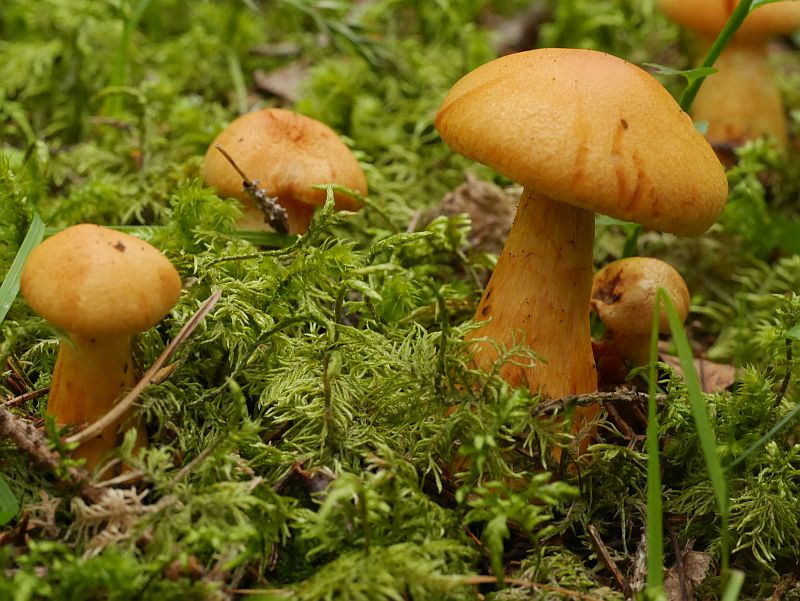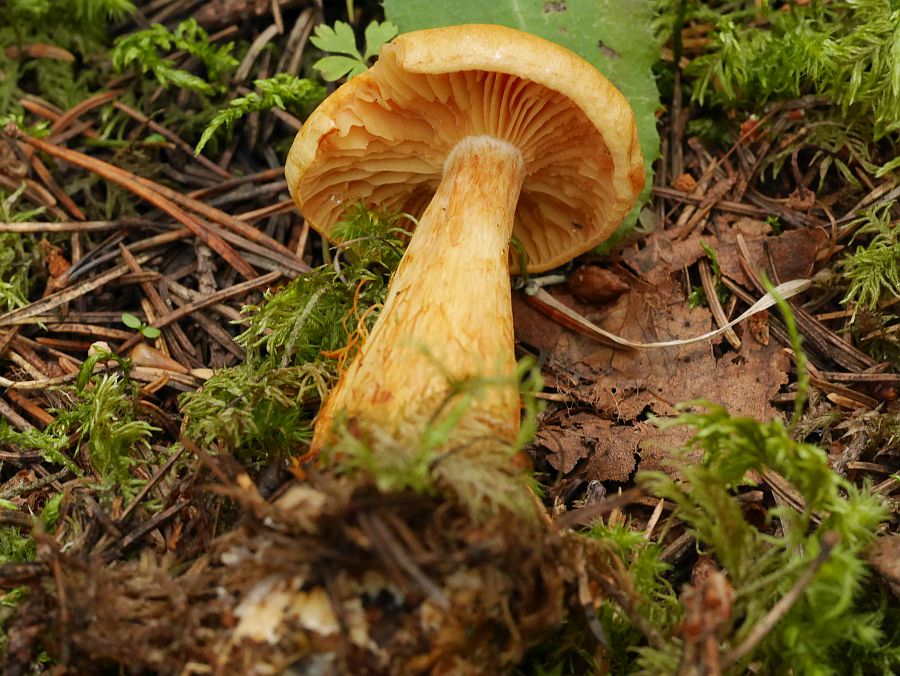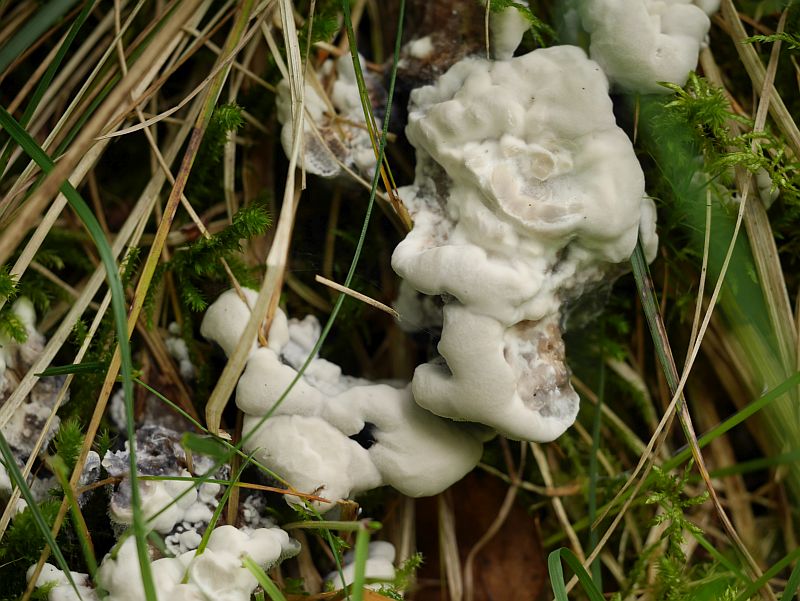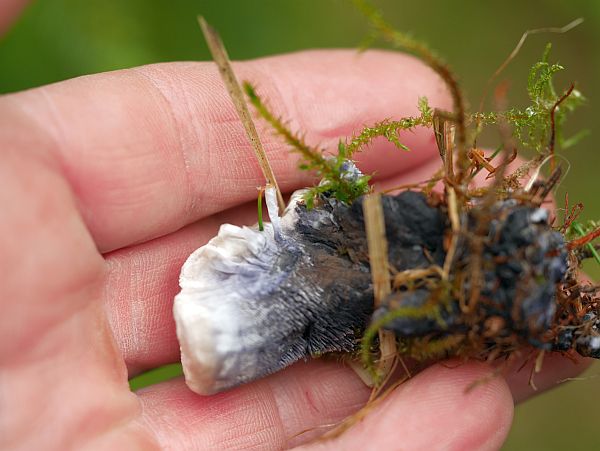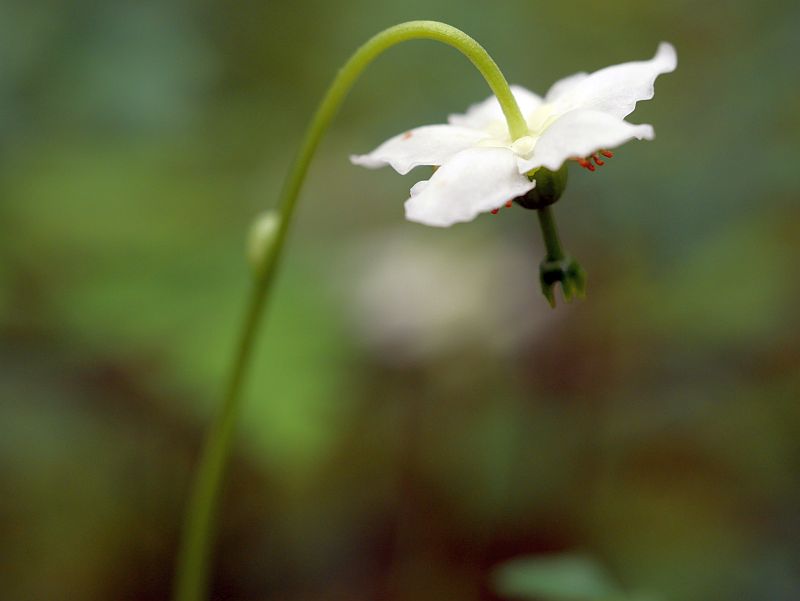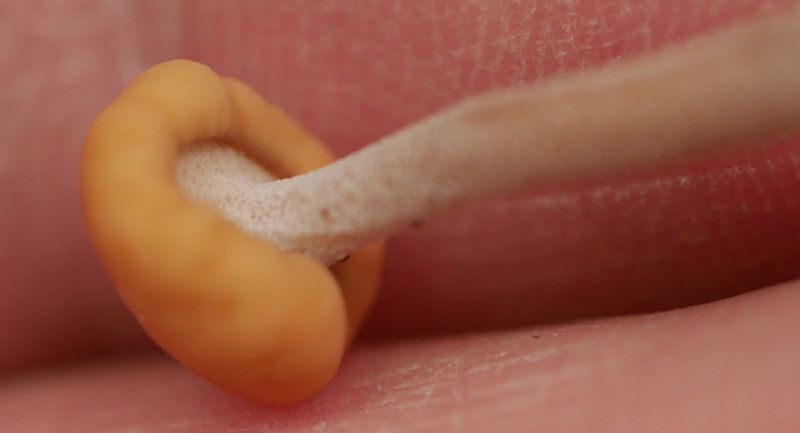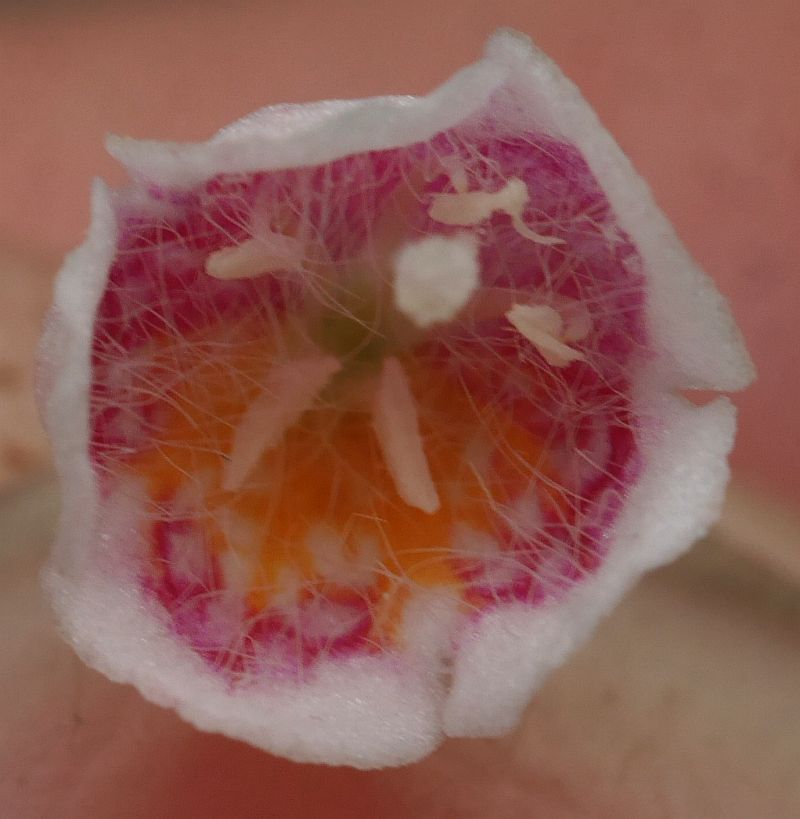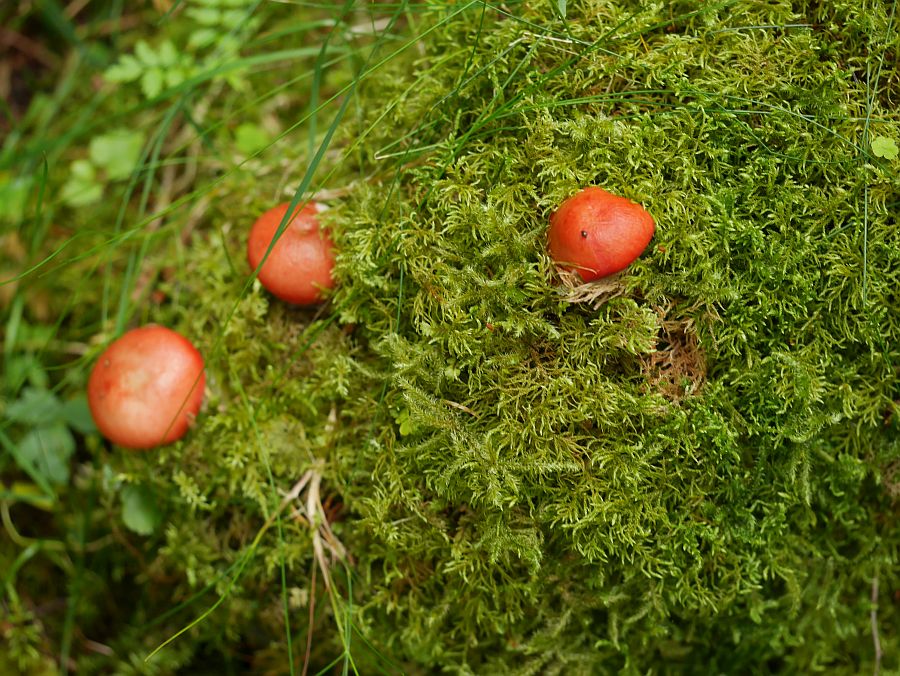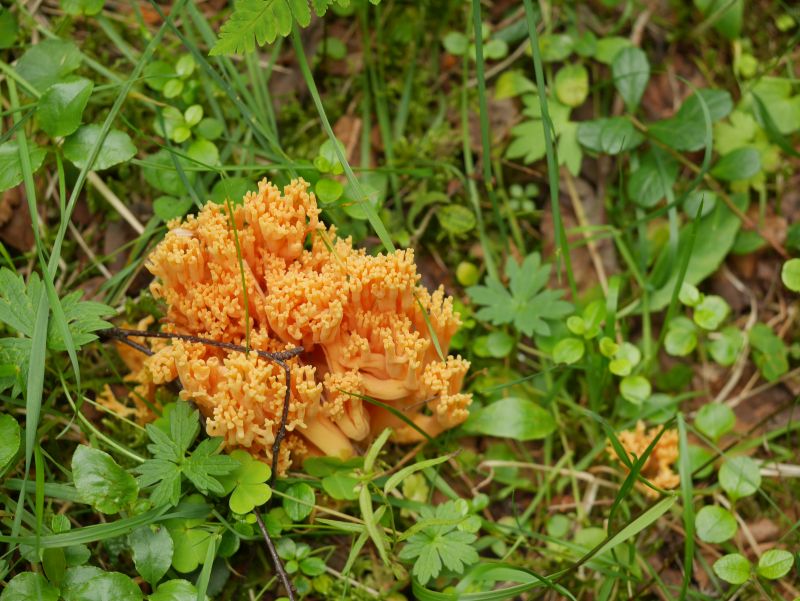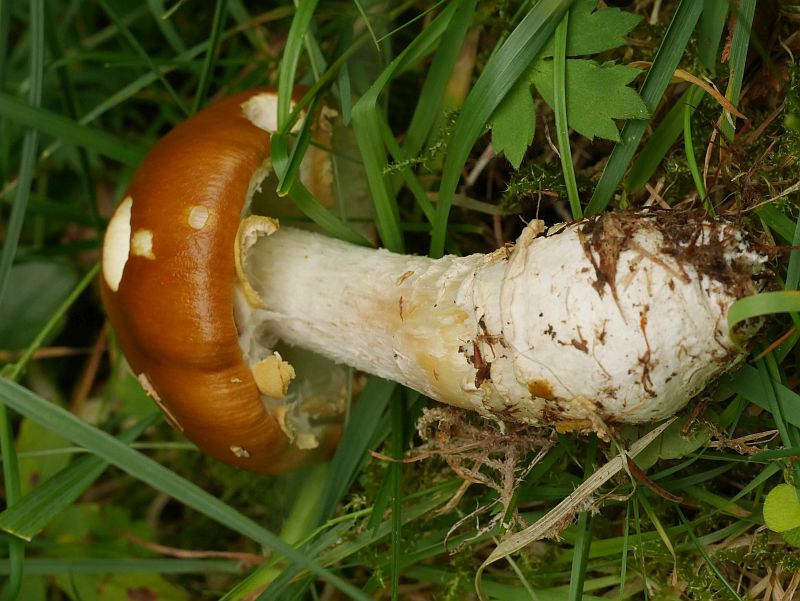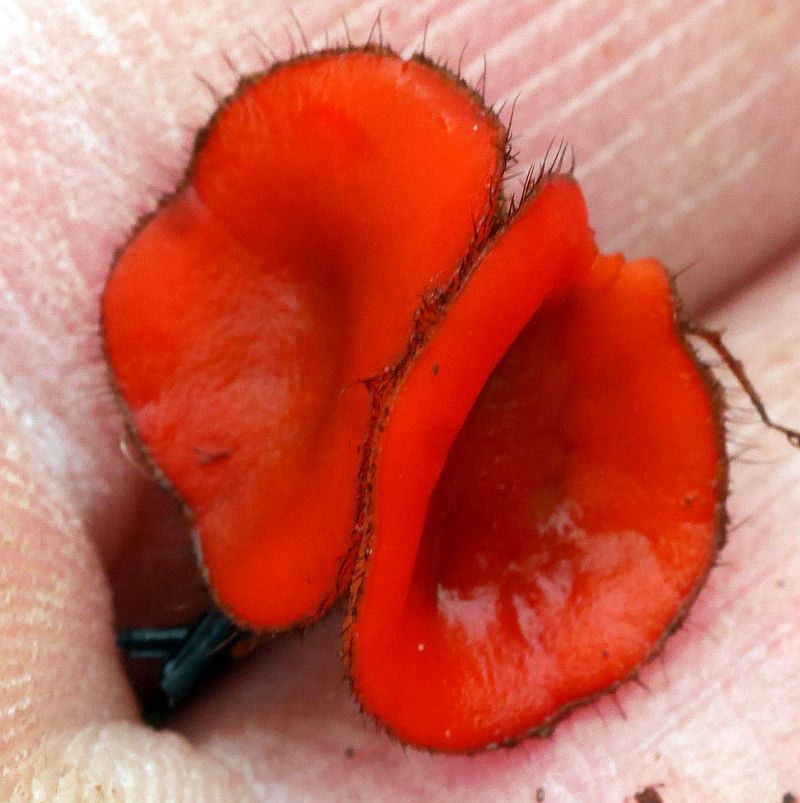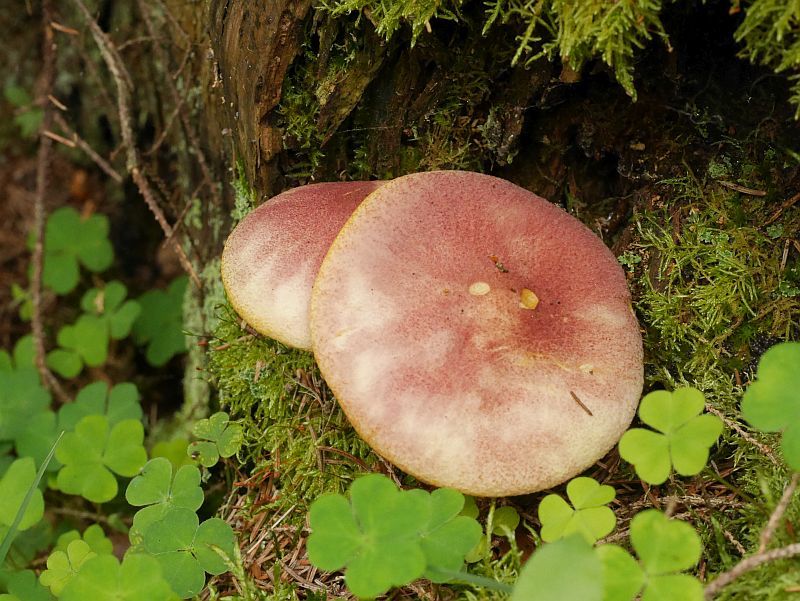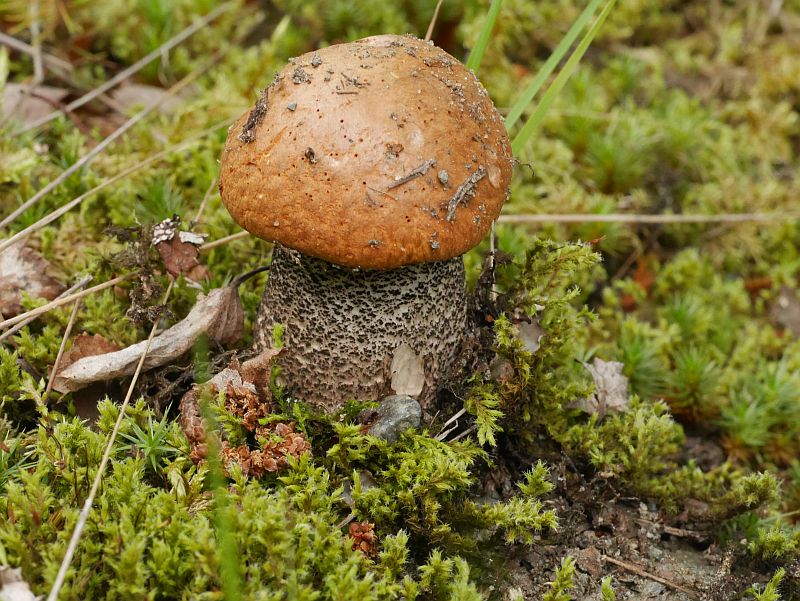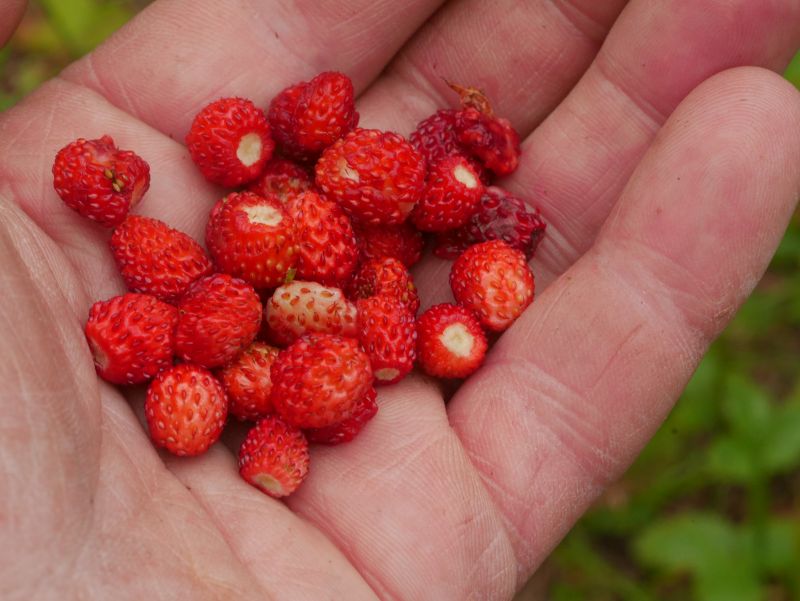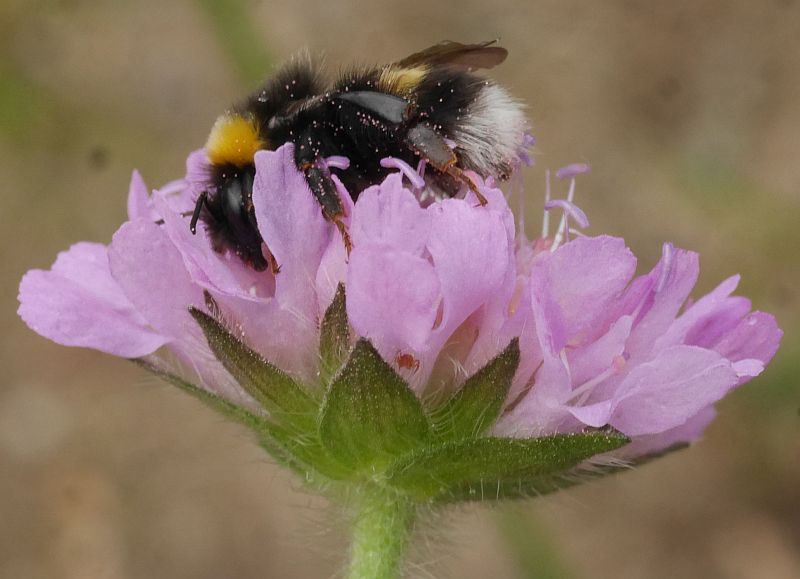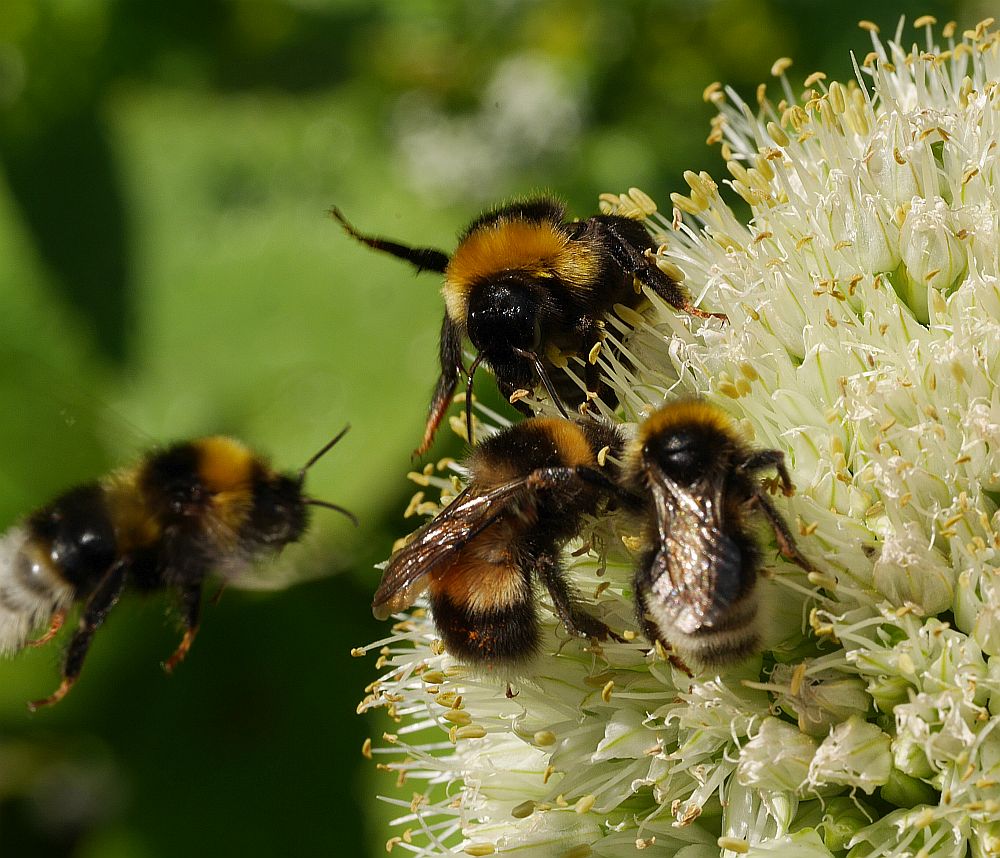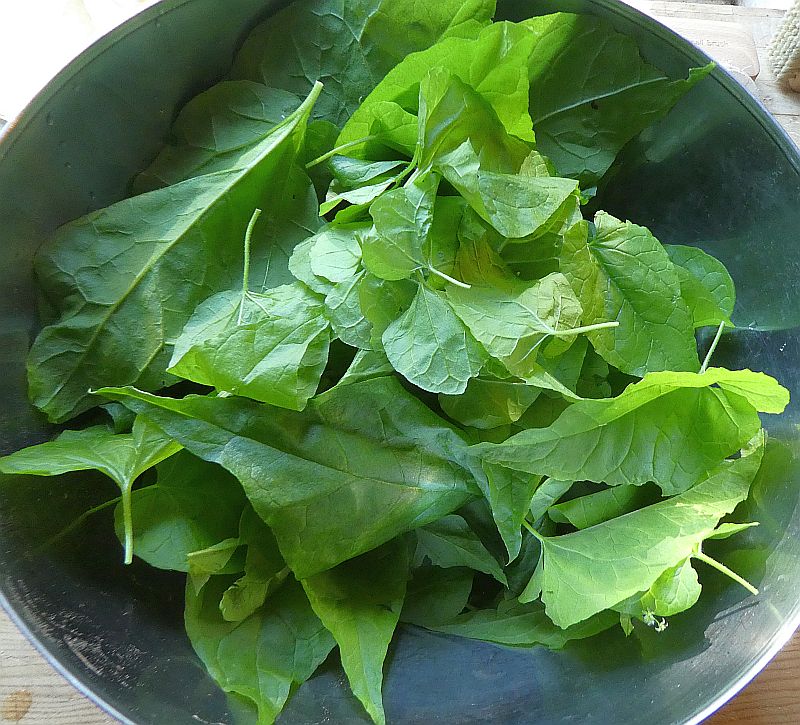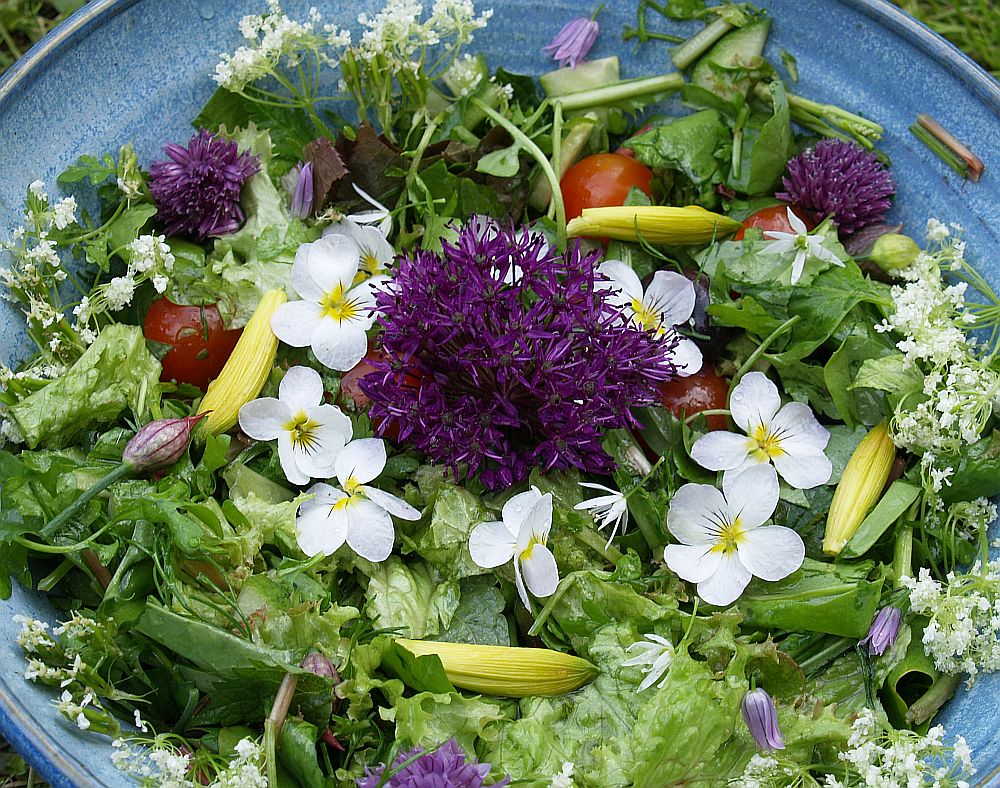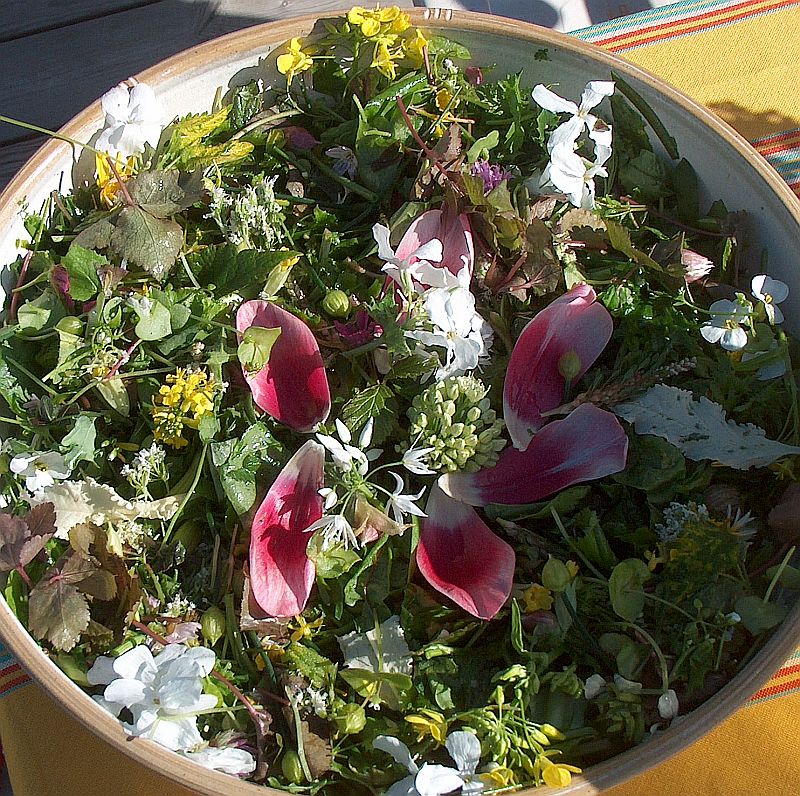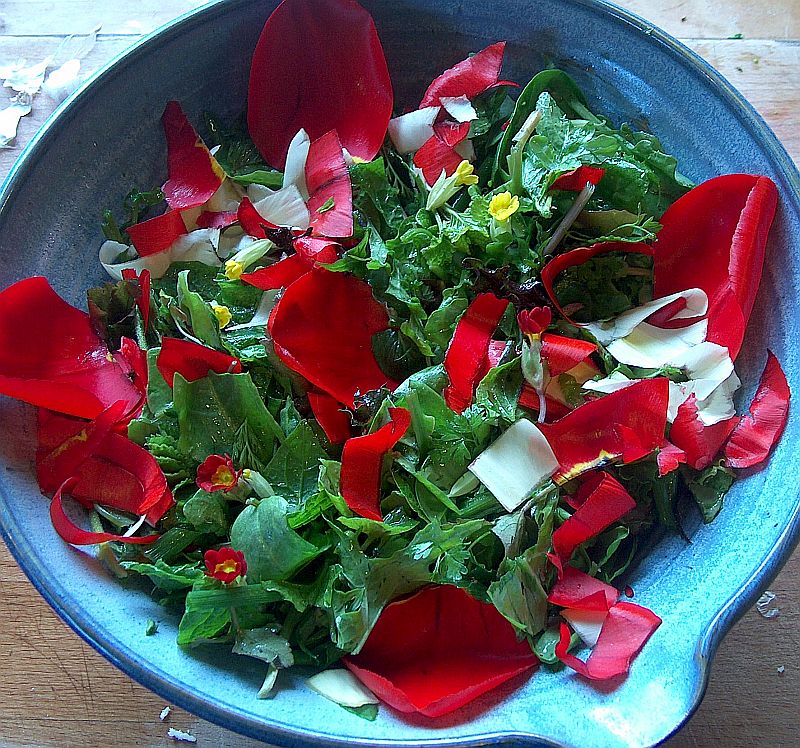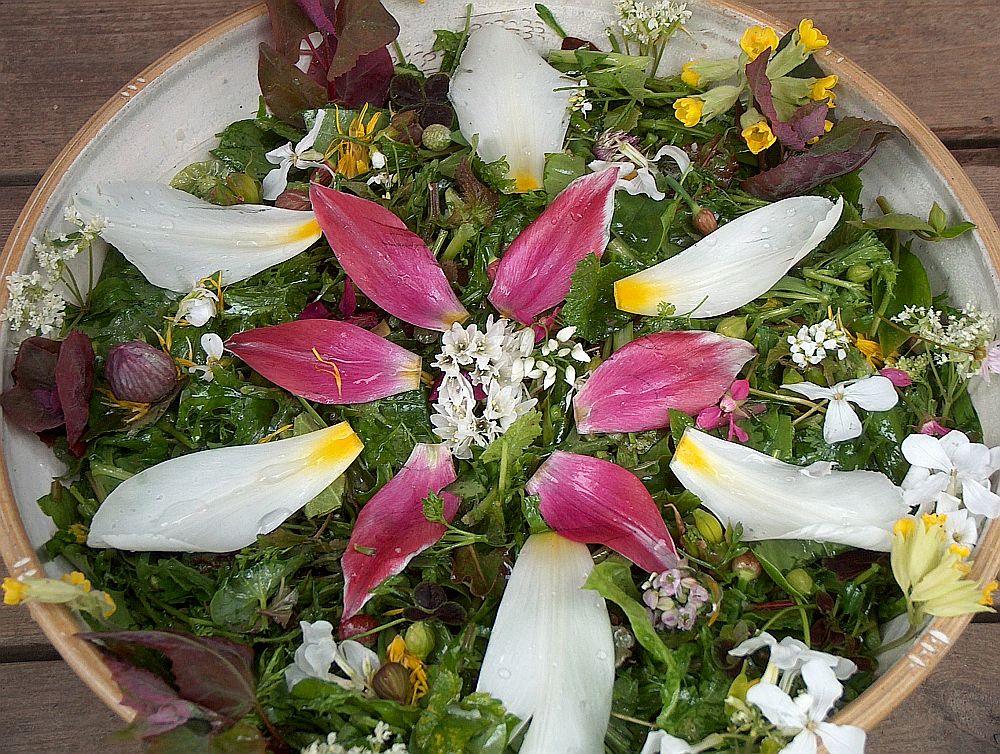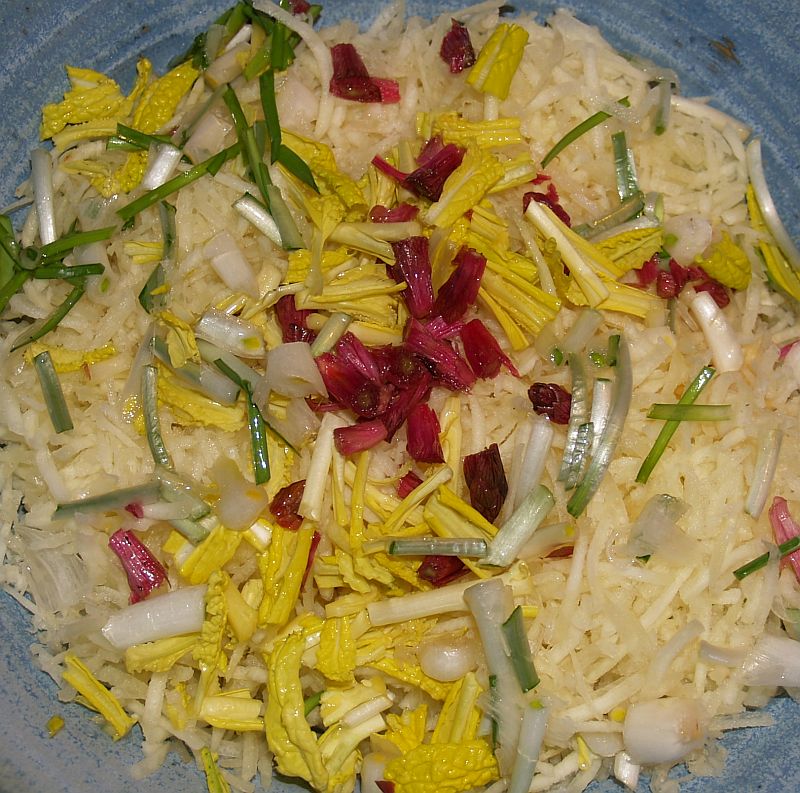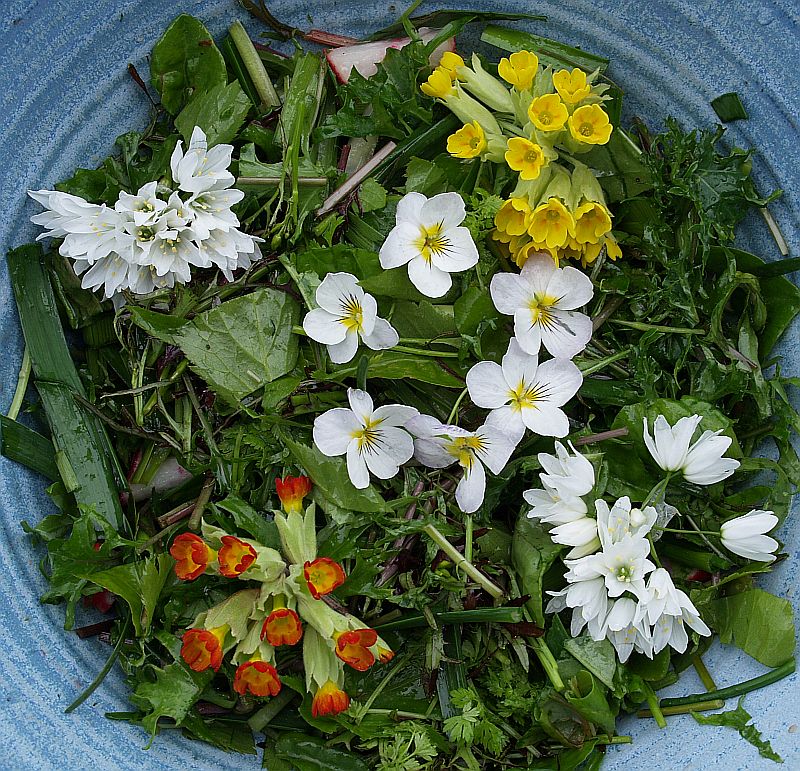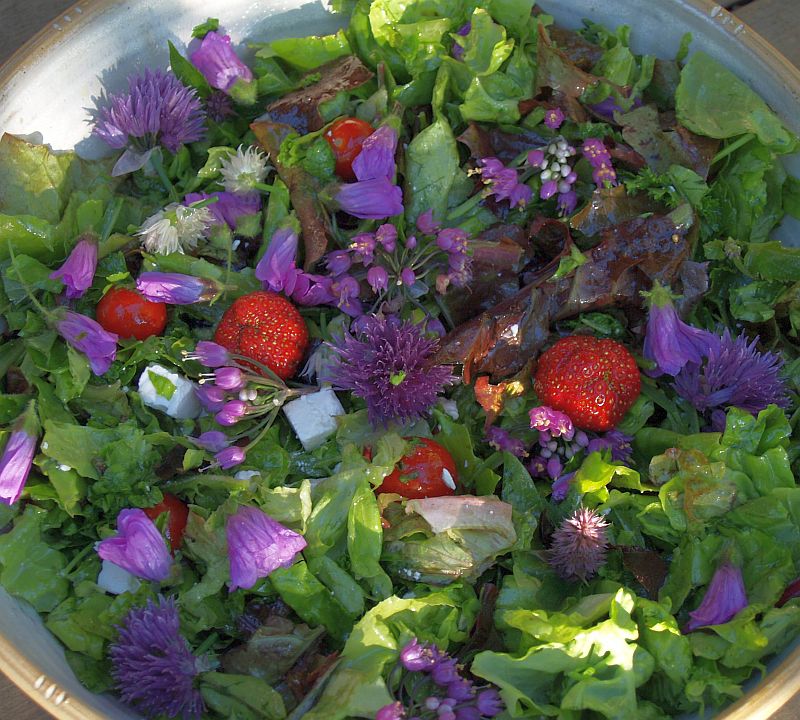All posts by Stephen Barstow
Salad for Jolien
To celebrate the mother of CSA’s in Norway, Jolien P., visiting Malvik for the first time, tonight’s multi-species salad was created…
Companion perennials
It always amazes me how edible plants in my garden find their own best companions andystem create together really productive microsystems, often on really marginal parts of the garden that I never imagined could be so productive, such is the magic of perennials!
Here are a couple of videos showing two of these areas:
- The edge of what was a shady bed previously used to grow annuals. I planted Hosta sieboldiana and Rumex scutatus on the edge of this bed with an Onoclea sensibilis (sensitive fern / perlebregne), one of the species sometimes eaten as fiddleheads. The shade encouraged first a Hablitzia to self-seed and next to it a large stinging nettle. A siberian hogweed (Heracleum sibiridum) also found a place in the mix! Perennial kales are growing on the rest of this bed this year! The video starts with the flower umbel of a pink flowered Heracleum sphondylium (common hogweed):
- The second area is at the end of one of my originally annual beds where I struggled to grow vegetables as it was very dry and under the shade of a large birch tree. Here I planted a number of Hablitzia plants 12 years ago and they love this spot producing good yields and climbing up into the birch tree in summer with the help of stakes I provided for them. Now, hogweeds have moved in (self-seeded), both Heracleum sibiricum and H. sphondylium and the Hablitzia is now using the 2.5m high hogweeds as climbing support!
Reaching towards the top of the self-sowed hogweeds (bjørnekjeks)….Hablitzia is using these plants as climbing support this year! Heracleum sphondylium Hablitzia intertwined with Hogweed Hablitzia intertwined with Hogweed Very tall hogweeds this year!
Albino Arion
It was a bit of a shock to discover this monster when working in the garden yesterday, but it turned out to be a friend not foe, an albino black slug (svartskogsnegl), Arion ater :)

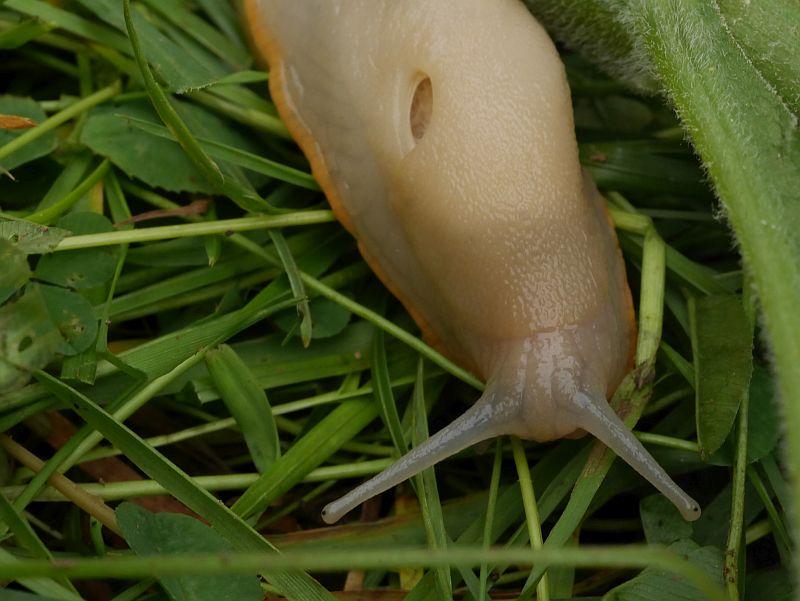
Foraging Alpine Bistort Bulbils
On Sunday, we went for a walk up to a mountain farm (seter) near to the lake Foldsjøen in Malvik with the main aim to gather alpine bistort (harerug) bulbils (Polygonum viviparum / Persicaria vivipara) to dry for the winter. This is one of the 80 plants in my book and I grow various accessions of this plant also in my garden! See also my post on 25th June: http://www.edimentals.com/blog/?p=22680
You can often find large quantities of this plant in open sheep pasture and dampish meadows. I hadn’t been to this “seter” before and right enough there were large amounts of this plant, although the bulbils were still not fully grown. We walked from Verket, an outdoor museum on the site of Mostadmark Jernverk, the site of an old iron furnace (see https://www.malvik.kommune.no/mostadmark-jernverk.6168342-478994.html) up through the forest past Hulåsen to the seter, returning via Slåttdalen and returning along the side of the lake. We didn’t meet a single person or car all the way! At the end you can also see a number of pictures and films of nature and some fungi we found along the way!

Here’s a short film showing thousands of flowerheads in a damp meadow (the flowers are sterile, the plant almost only multiplying vegetatively by bulbils):
Pink Hogweed
This lovely pink-flowered common hogweed (Heracleum sphondylium) comes back year after year in my garden! One of the tastiest spring perennial vegetables and source of one of my favourite spices (from the seeds). It’s also a popular plant for bees and other insects! #Edientomental

More here:
Bumblebees love Allium pskemense
The bumblebees love Allium pskemense, the largest onion in my garden, probably the closest perennial onion tastewise to the common bulb onion Allium cepa and it can be very productive, see my blog about Pskem Onion Soup here: http://www.edimentals.com/blog/?page_id=1940
Habeetsia burgers
Habeetsia burgers or Bloody Habbyburgers?
Cooked and ground beetroots mixed with 100% wholegrain barley and rye flour, eggs and cooked Hablitzia leaves and Johannes’ shallots (Allium x cornutum), marjoram, salt, pepper and ground chili.
The extreme salad collection
A collection of pictures of my extreme salads from the last 20 years can be seen in the gallery below!
8th July 2019: The first 10! To be continued…..
Tide line
A front/tide line moving into the bay on 4th July. Floating material is trapped in the convergence zone of the front. The speed of the front can be seen in the second video.
This is a regular occurrence here which I see a couple of times a year. See also http://www.edimentals.com/blog/?p=11274

